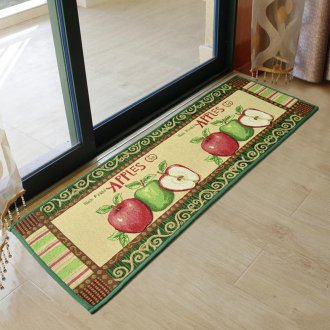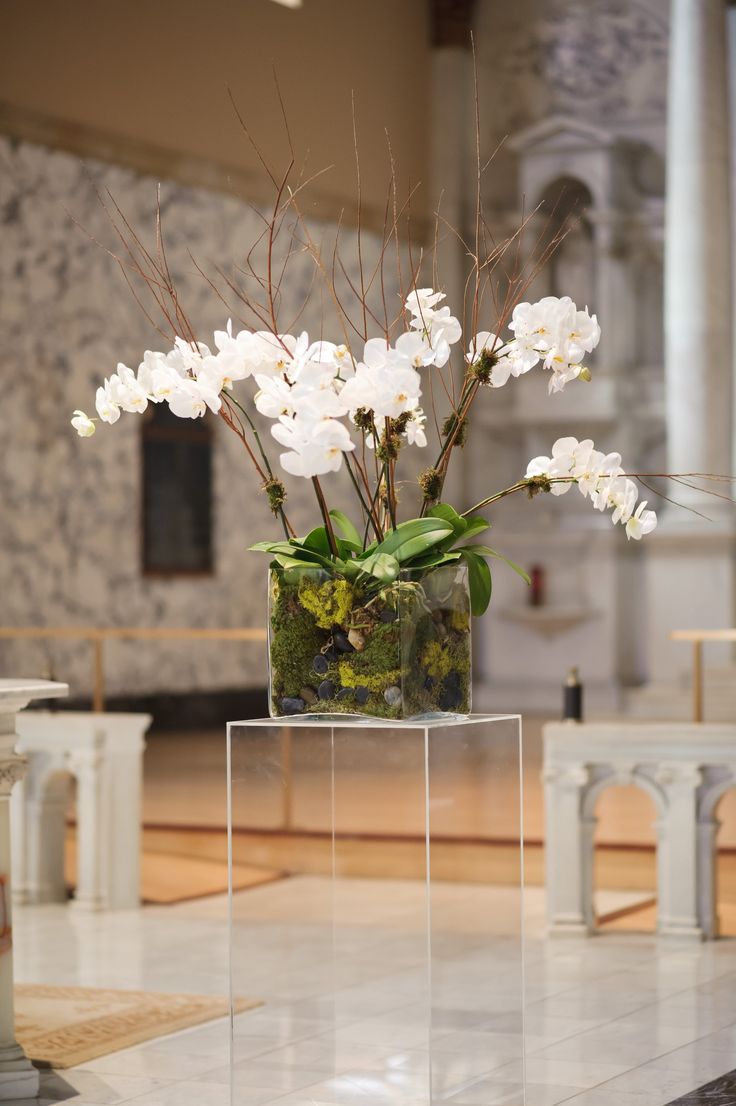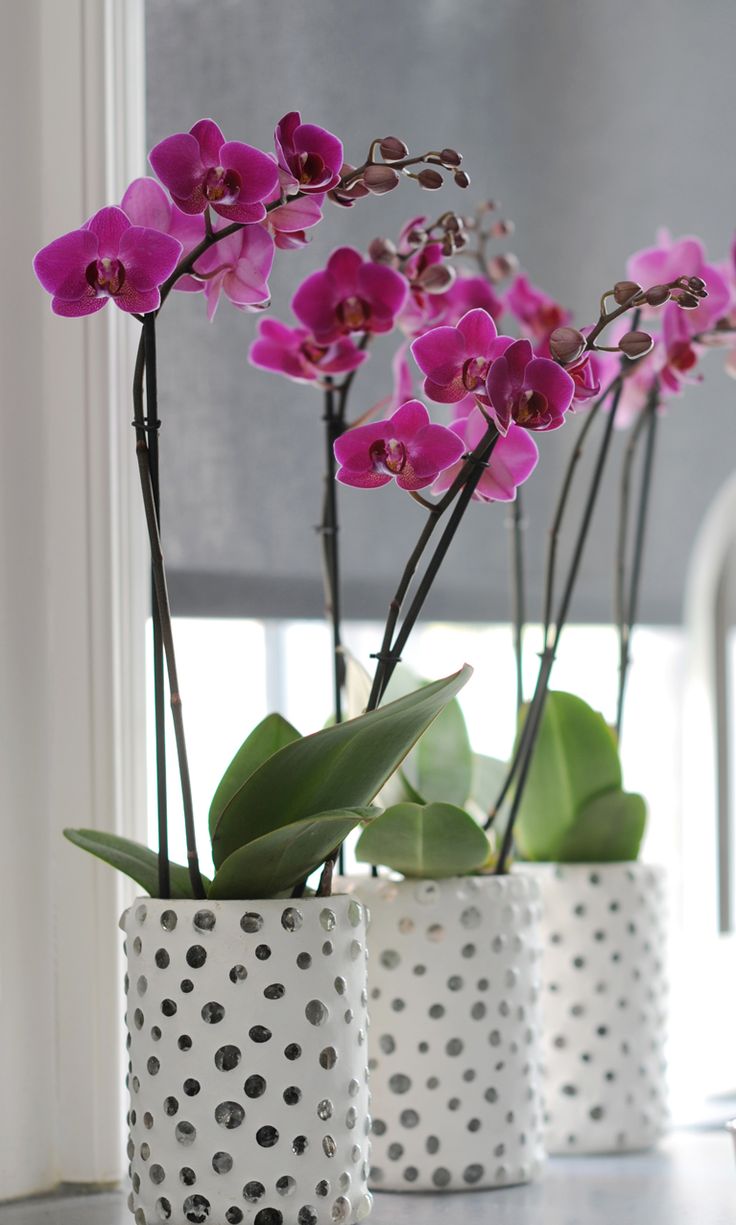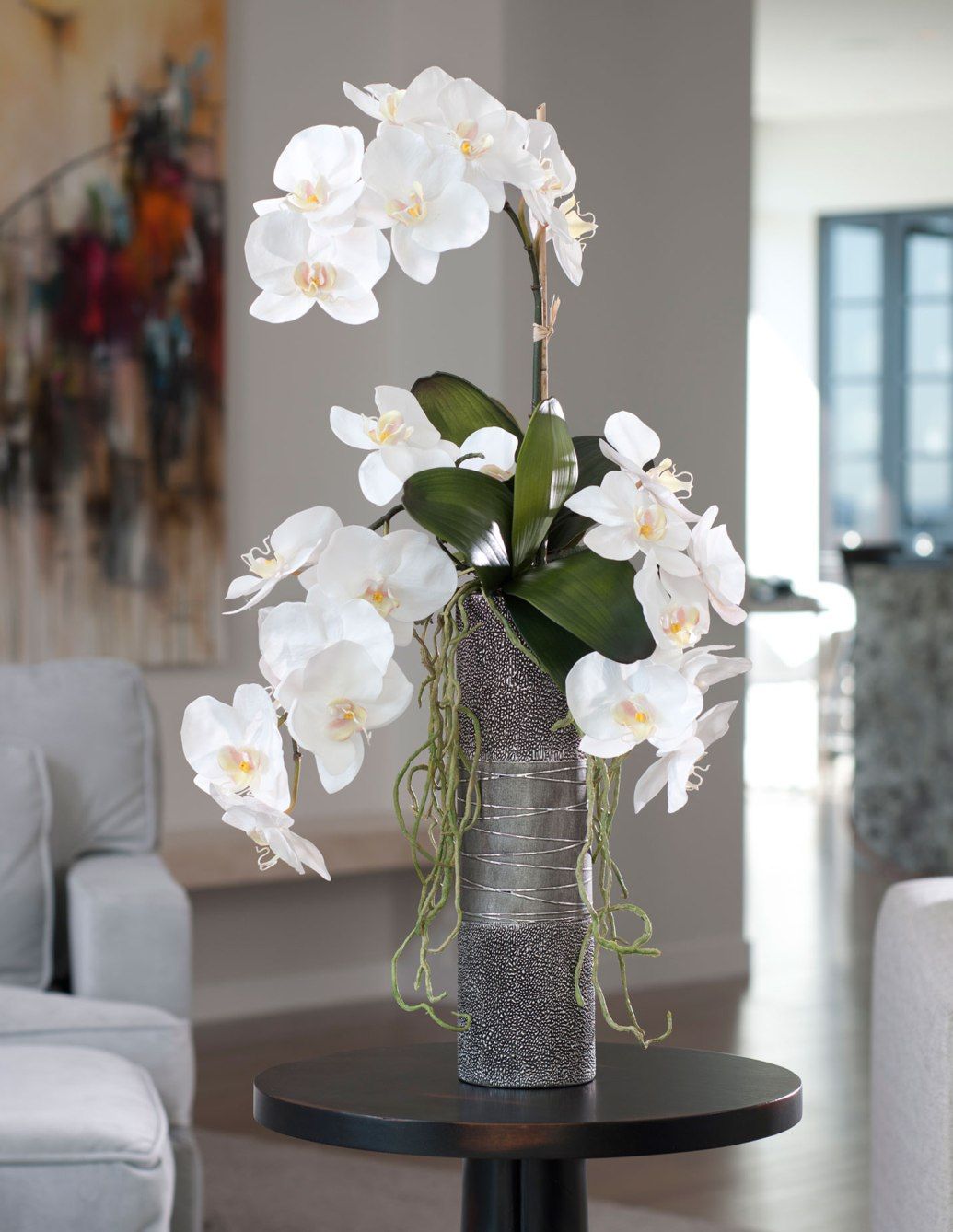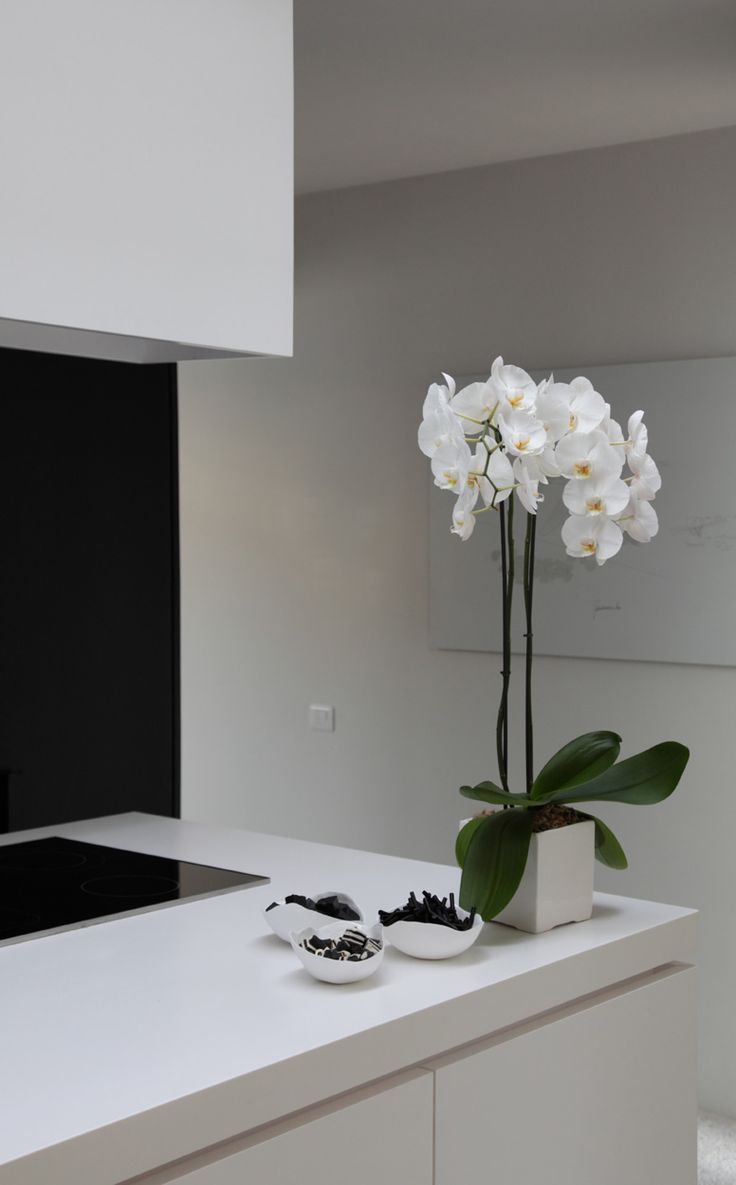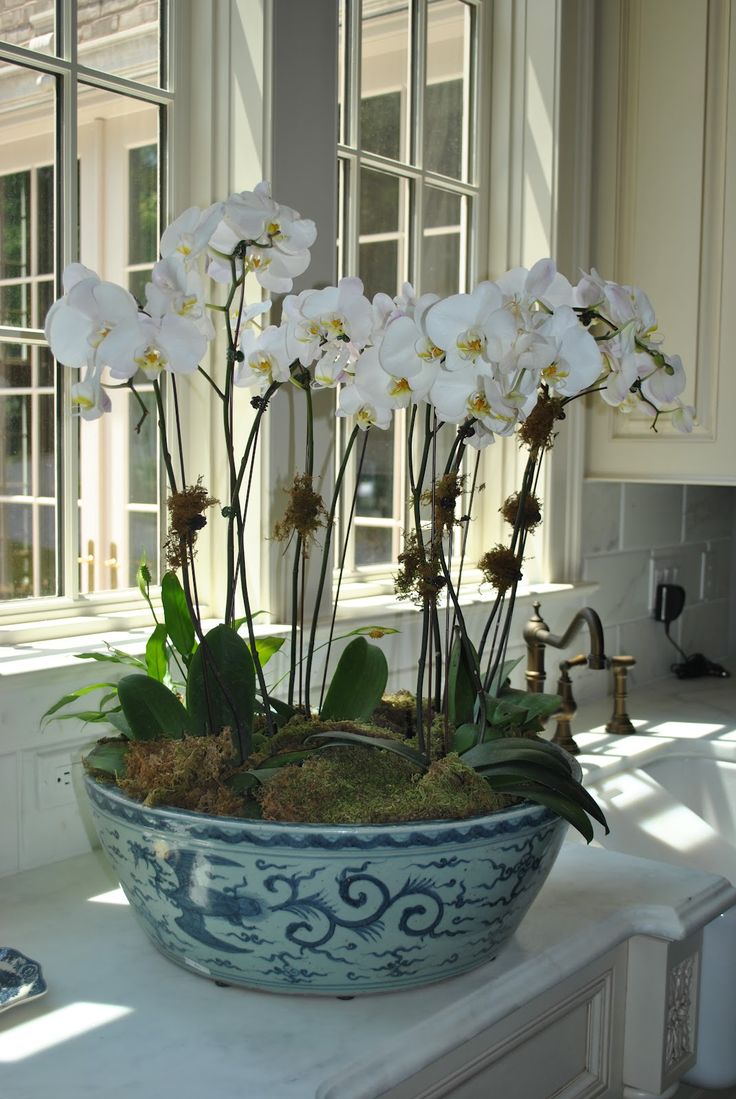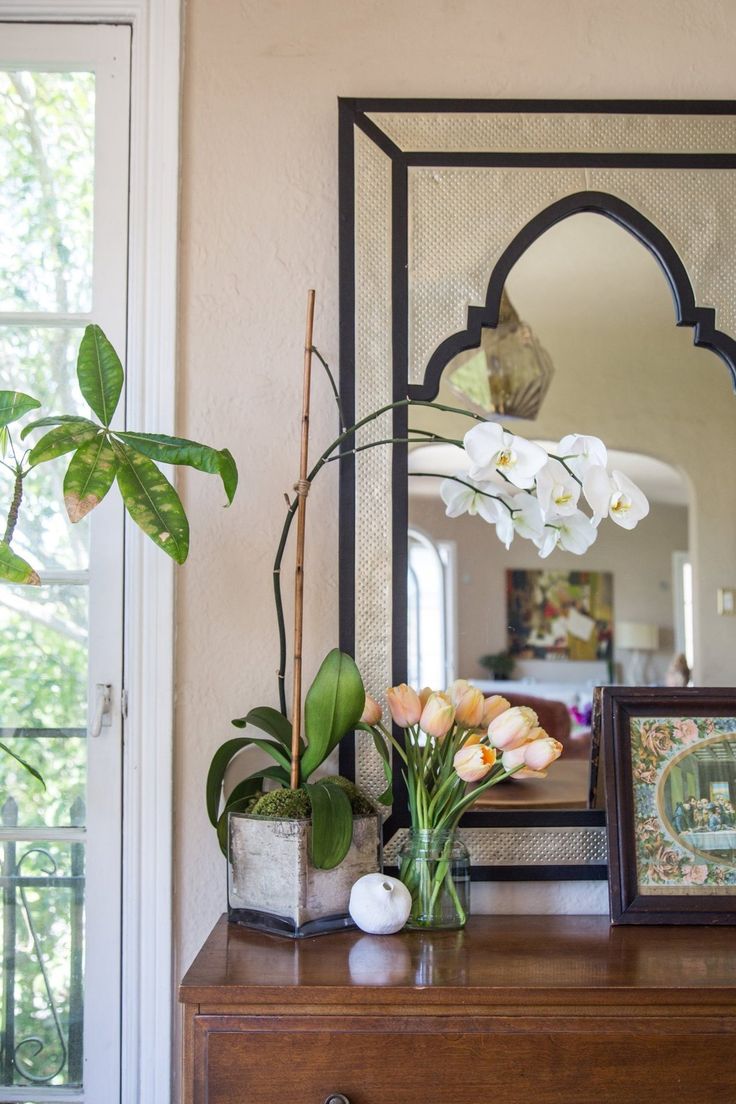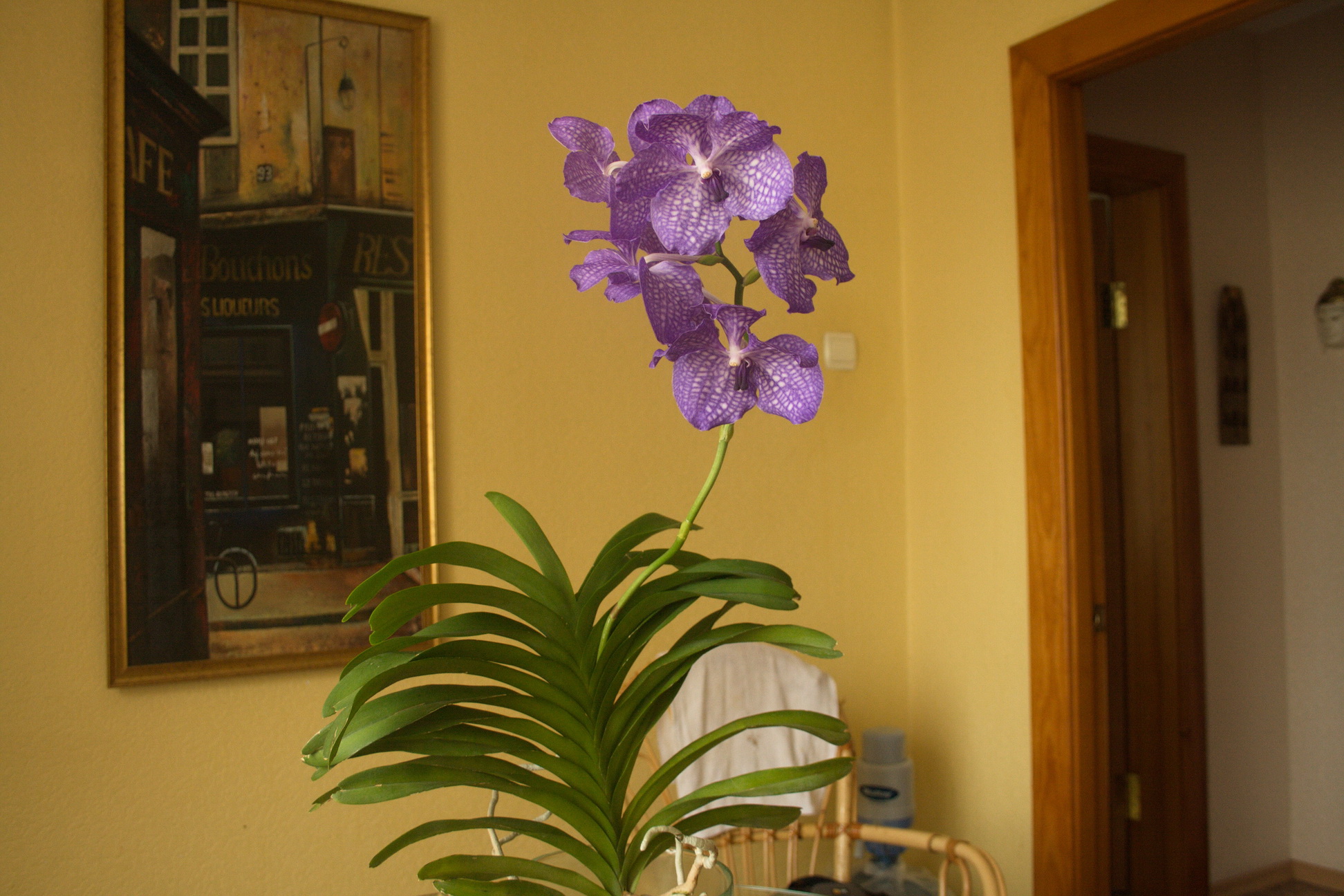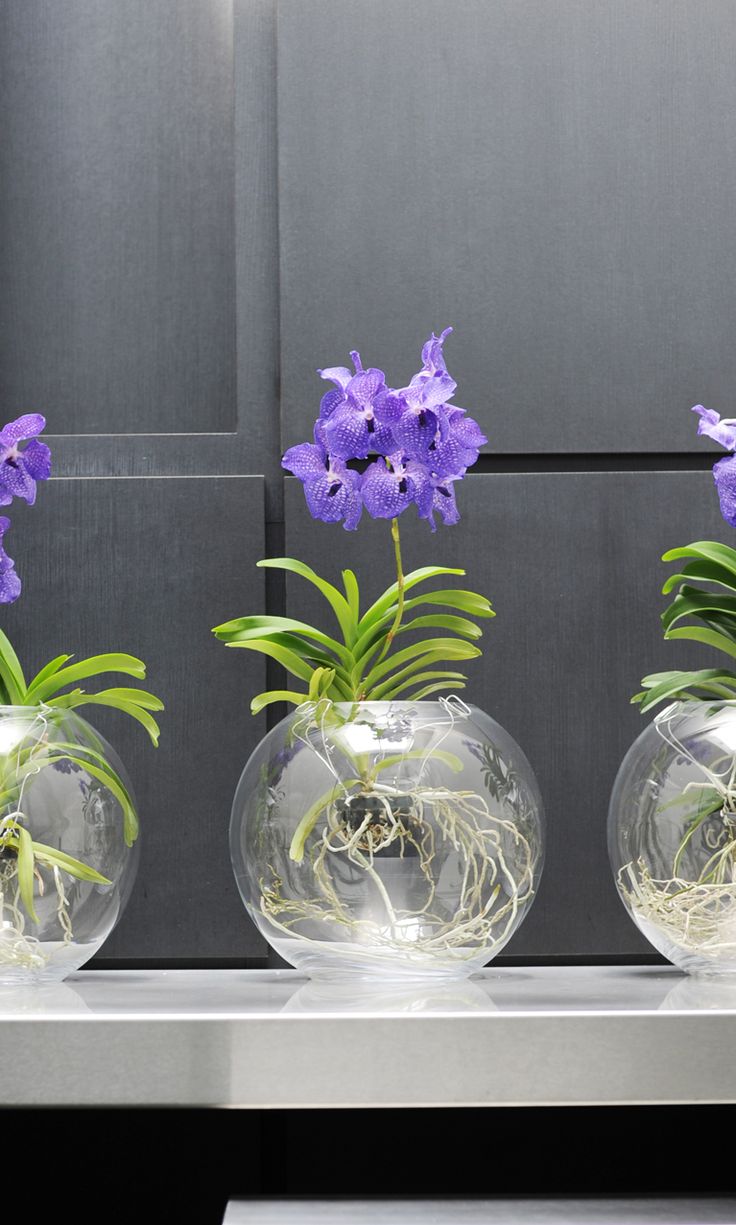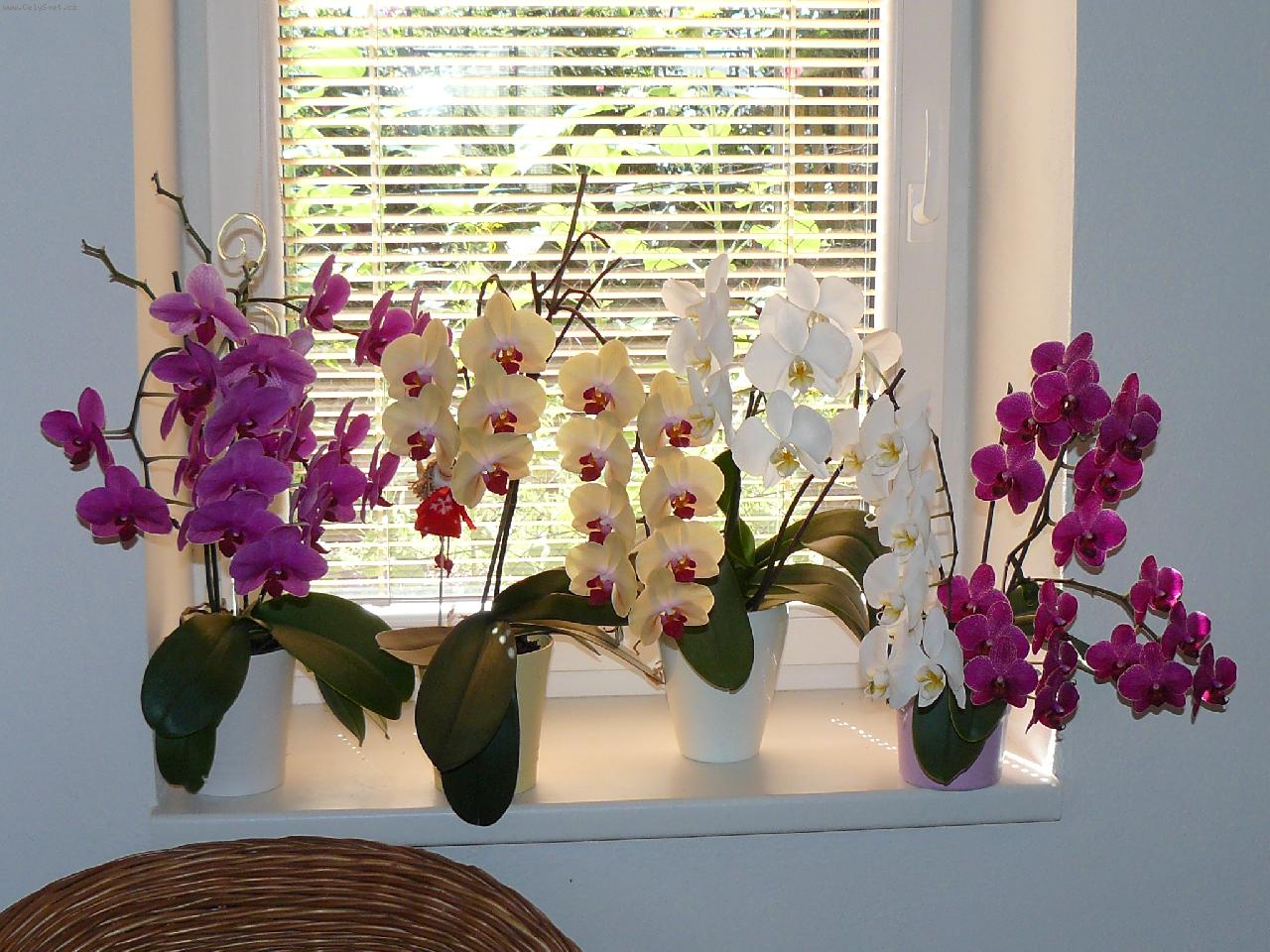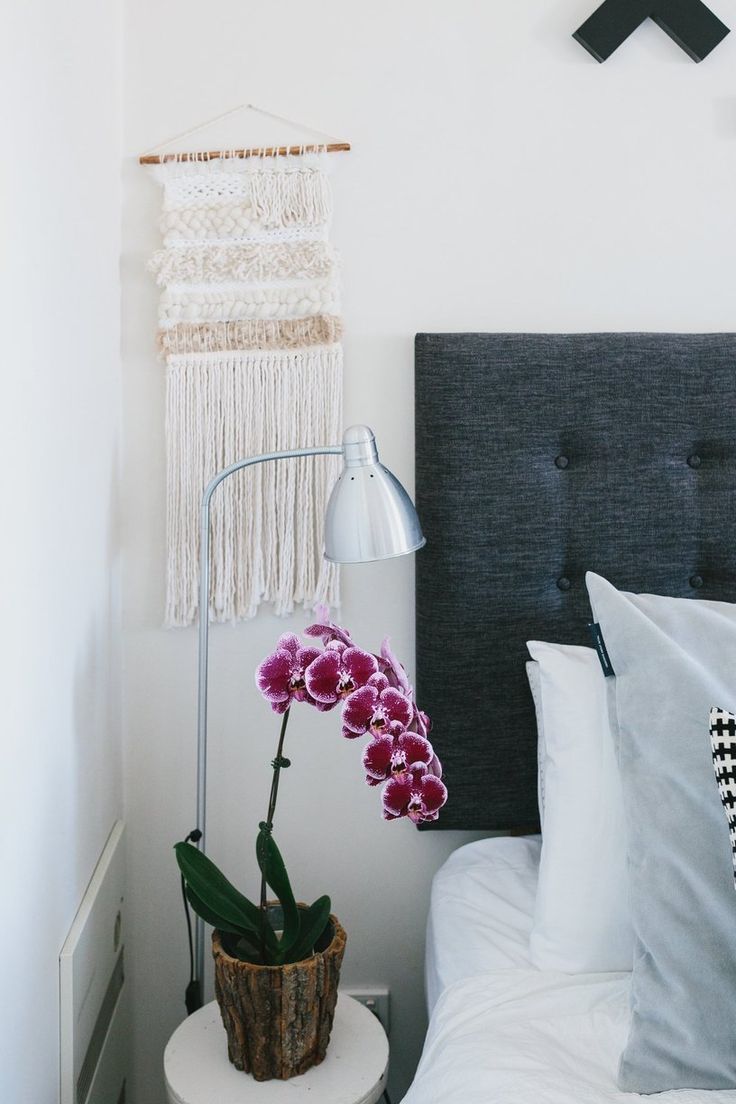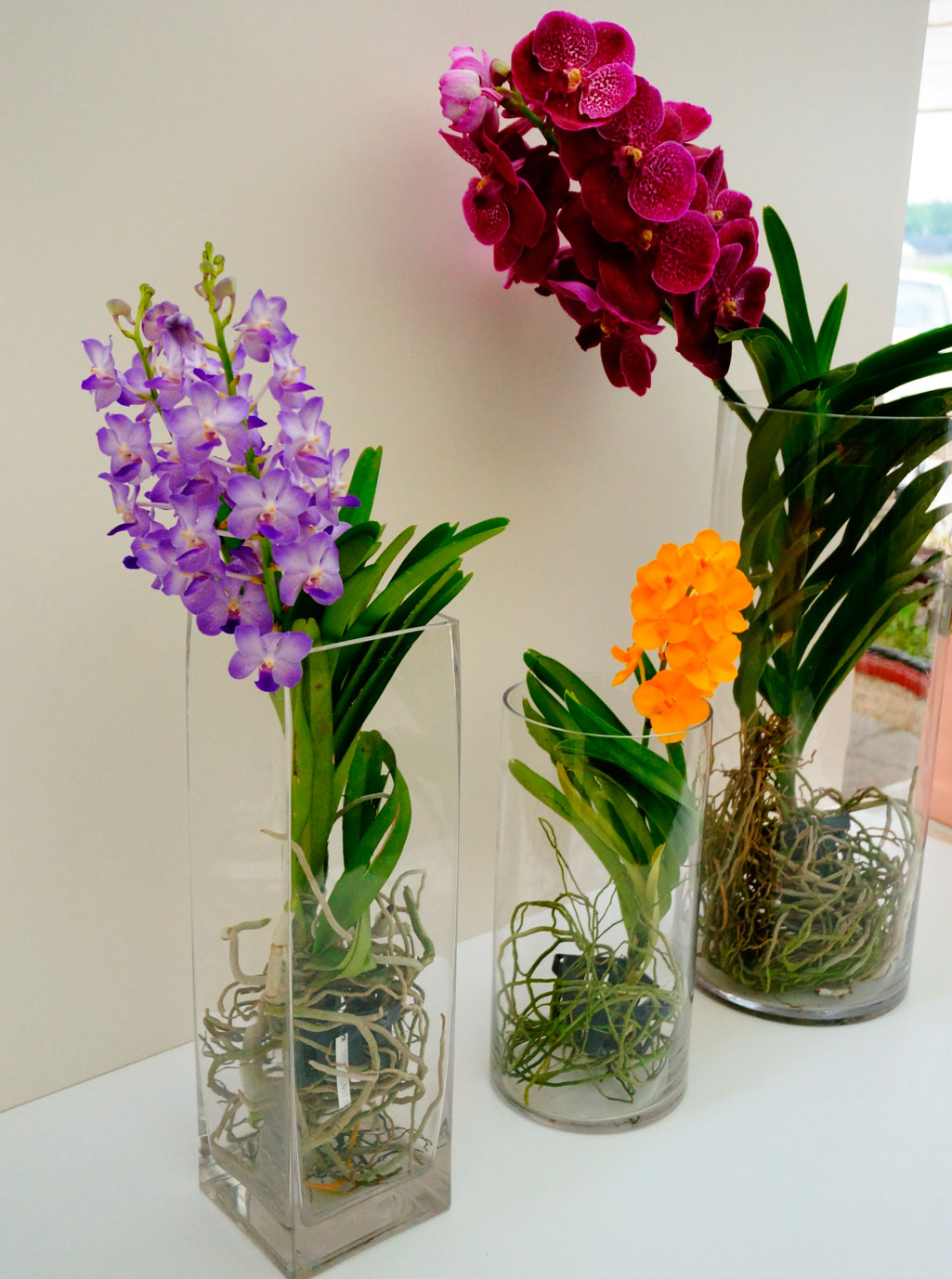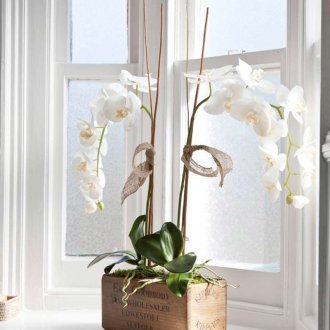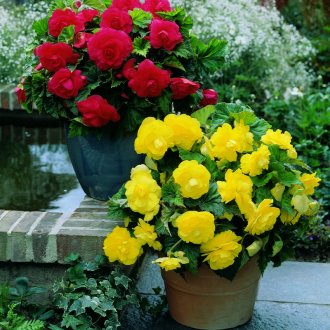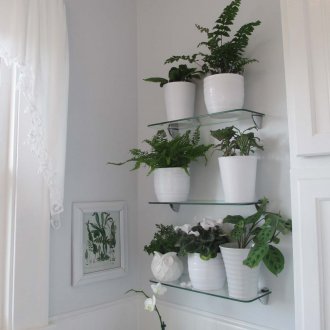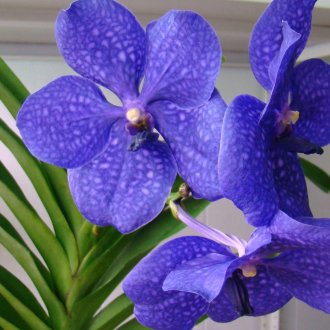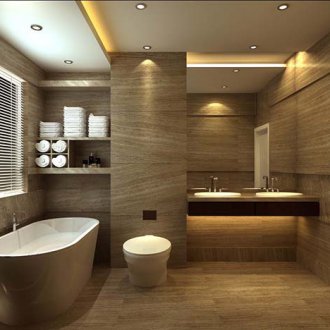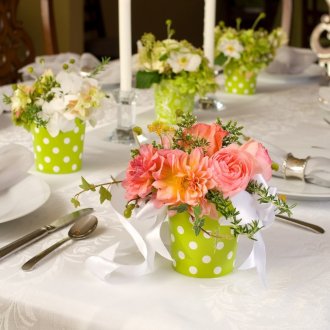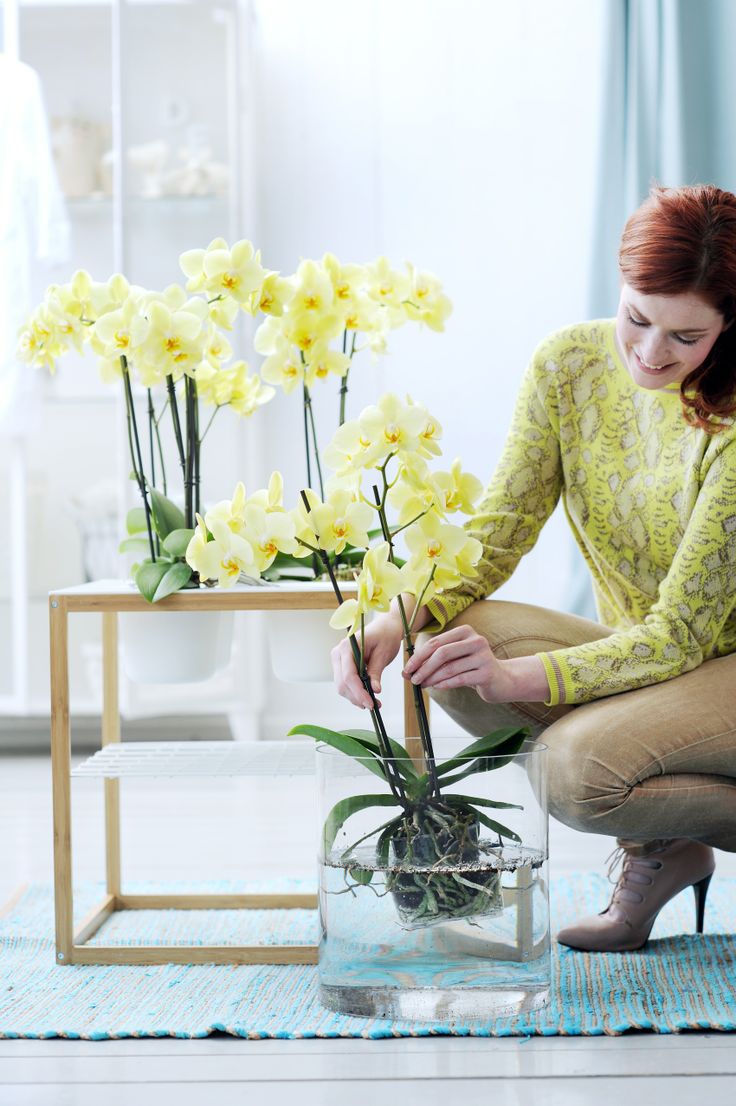Orchid Wanda: key features of growing (23 photos)
Content
Orchid Wanda is an epiphytic plant in the Orchidaceae family. In nature, this species is widespread in tropical countries. It is diverse and has more than 20 thousand species. The plant is valued at home for its excellent decorative features.
The root system of Wanda is powerful. The plant has a light green color. The roots are covered with velamen. It is presented as a thick layer of dead cells. These cells are characterized by a porous structure and are able to absorb moisture. Moisture absorption can be carried out even from the atmosphere. This protective function helps to protect the plant from dehydration and sunburn.
The stem of the orchid is tall. It can reach more than one meter in height. In this regard, this plant is often used for cutting. With it, you can compose a lot of beautiful exotic compositions. Propagation is done by seed or vegetatively.
The leaves of Wanda have a strap-like oblong shape. They are leathery, arranged alternately. The color is green with a slight bluish coating. Peduncles are erect with a slight slope. They form bright, spectacular flowers. Their number is from 2 to 5. The flowers are large and fragrant, have all kinds of colors. There are white, red, purple, yellow, blue, pink and other shades of colors.
White Wanda Orchid is the most popular. Classic white color fits into various interiors and is widely used for composing numerous bouquets.
White flowers are large. On one shoot, 6 to 12 colors can form. The plant blooms twice a year.
Orchid Wanda blue, on the contrary, is the most rare species. Today, blue orchids are no longer found in nature. In this regard, their cultivation is carried out only in greenhouses. The procedure for coloring the plant with special blue ink is used. The orchid queen can be easily grown at home. With good care, she will delight her owner with impeccable flowering.
What type of Wanda orchid to choose?
Orchid Wanda, home care which is simple, has a wide variety of choices. In nature, there are many varieties of this plant. There are several types in home growing.
Grumpy Wanda
This plant is characterized by the presence of a high branched stem. The stalk can reach three meters in height. The length of the leaf blades is about 20 centimeters. On one peduncle there can be from 3 to 6 large buds.
Wanda Blue
This orchid is distinguished by the presence of a direct stem up to 100 centimeters. There are a lot of aerial roots. The leaves are large, belt-shaped. At the top of the sheet there is a small oblique section. Peduncle is large. It reaches 0.6 meters. The number of flowers on one peduncle can reach 15 pieces.
Tricolor Wanda
Has an upright stalk up to 2 meters long. Peduncle is small. It does not reach 0.3 meters. Spectacular and fragrant large-sized flowers are produced in the amount of five pieces. Wanda mix - cream color with spots of brown and brownish color. In drop-shaped petals, the edges are wavy.
Wanda Sander
This species is popular in the Philippines. Today he is threatened with extinction. In this regard, the plant is not exported from the country. There are hybrids on sale. The plant has beautiful tapered petals, their tip bifurcated. On one peduncle can be up to 10 buds.
Wanda Chess
The leaves of this plant are narrow. An escape is hiding beneath them. Peduncle length 0.5 meters. The number of buds can reach 12 pieces. They have yellow, beige, brown colors. Lip of a contrasting color (purple, pink).
Wanda Javier
This is the only natural species that is characterized by the presence of snow-white flowers. This is a compact plant, in growth not exceeding 35 centimeters.
Today in flower shops you can find only hybrid species of this plant, which are optimally adapted for growing at home.
Rules for caring for a popular plant
If you are interested in learning how to care for such a beautiful flower, then the rules for caring for Wanda's orchid are simple. Orchid Wanda is photophilous. It must be protected from the excessively scorching sun, as it can get burned. It is advisable to place the pot on the south and east sides. From hot rays the plant will help protect the tulle.
As for air humidity, it should be quite high, at least 70%. In hot weather, leaves need to be sprayed. When spraying, it is necessary to try so that moisture does not get to the roots. If the air in the room is cool, then spraying is not required. In autumn and winter, it is desirable to illuminate the plant with fluorescent lamps.
It must be remembered that the plant should be at least 12 hours a day in the light. Under such conditions, it will bloom and delight a healthy appearance. It will be useful to put a humidifier next to the pot. The plant feels comfortable at a temperature of 25-30 degrees during the day. At night, a temperature of 16-20 degrees is suitable.
It is desirable to water Wanda with distilled or filtered water. Fertilizer should be produced at rest.
Features of planting a plant
Please note that the Wanda orchid at home does not like frequent transplants and does not tolerate them well. This procedure is carried out in exceptional situations: the pot has become excessively small, soil replacement is required. A transplant may be required when the roots of the flower begin to rot and need to be transplanted urgently.
In the process of transplanting Wanda, it is required to remember that this type of plant is epiphytic. He must have air access to the roots. The optimal composition for the soil is moss-sphagnum, bark. These ingredients are crushed and mixed. Also in the resulting composition, you can add a little charcoal, expanded clay, sand. Today, in stores, a ready-made mixture for these plants is sold, which will help the question of preparing the soil.
Cultivation can be carried out in a plastic net, a pot. Also, the plant can be placed in a glass vase. It will feel comfortable there. Plant transplantation involves the consistent implementation of the following steps:
- Drainage is placed at the bottom of the tank. Its thickness is not more than 2-3 cm.
- A layer of substrate from bark and moss is poured on it.
- Wanda is removed from the old pot and cleaned of the old substrate.
- All dry and rotten roots must be carefully removed.
- The plant is inserted into a new pot and gently filled with a new substrate.
- At the same time, the roots must be straightened and positioned against the walls.
- After transplanting, the plant does not need to be watered for a couple of days.
Monthly plant needs to be fertilized. Today, stores sell special substances for this process. With proper care and favorable conditions, the plant will delight you with large and beautiful flowers up to two times a year. Orchid blooms for a long time. An excellent stimulator to flowering is the difference between day and night temperatures.After the orchid fades, pruning will be required. At the base of the peduncle is cut. A stump (1 cm) should remain. After flowering, the amount of watering decreases.
Orchid diseases - Fusarium wilt, chlorosis, root rot, spider mite, aphids. They appear due to illiterate care, fungus, salinization of the soil, dry air, low humidity. A weakened plant becomes easy prey for insects, germs.
As for reproduction, this phenomenon is rare for orchids. In large specimens with proper care, children can form in the form of lateral processes. When the children grow more than 3 roots, they can be carefully separated from the plant. Cut points are treated with activated carbon.
